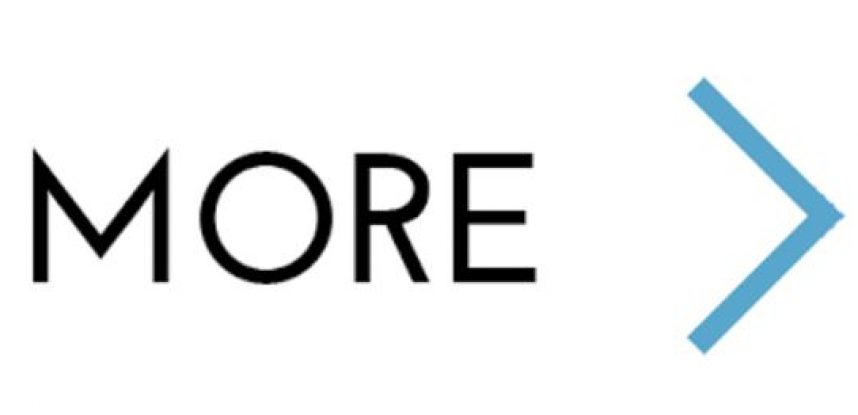Refurbished Boards: What works today may not be reliable tomorrow
 Saying that something is “good enough for government work” is often meant as a joke and the reference implies “mediocre work.” The irony is that “government work” is often highly sophisticated; systems are designed and engineered to operate in the most extreme environmental conditions for a very long period of time.
Saying that something is “good enough for government work” is often meant as a joke and the reference implies “mediocre work.” The irony is that “government work” is often highly sophisticated; systems are designed and engineered to operate in the most extreme environmental conditions for a very long period of time.
I recently had the pleasure of having lunch with a talented component engineer who has spent much of his career working in the defense industry. During the course of our discussion I learned that some aviation systems need ICs to operate in temperature extremes ranging from -55°C to 125°C; ground units often travel in harsh environmental conditions (e.g. fighting extreme heat and sand storms in deserts) while being exposed to hostile attacks; satellites traveling through orbit are exposed to protons and heavy ions from solar flares, yet must operate reliably in space.





 You may not know about Brooks Stevens, and today is his birthday.
You may not know about Brooks Stevens, and today is his birthday.